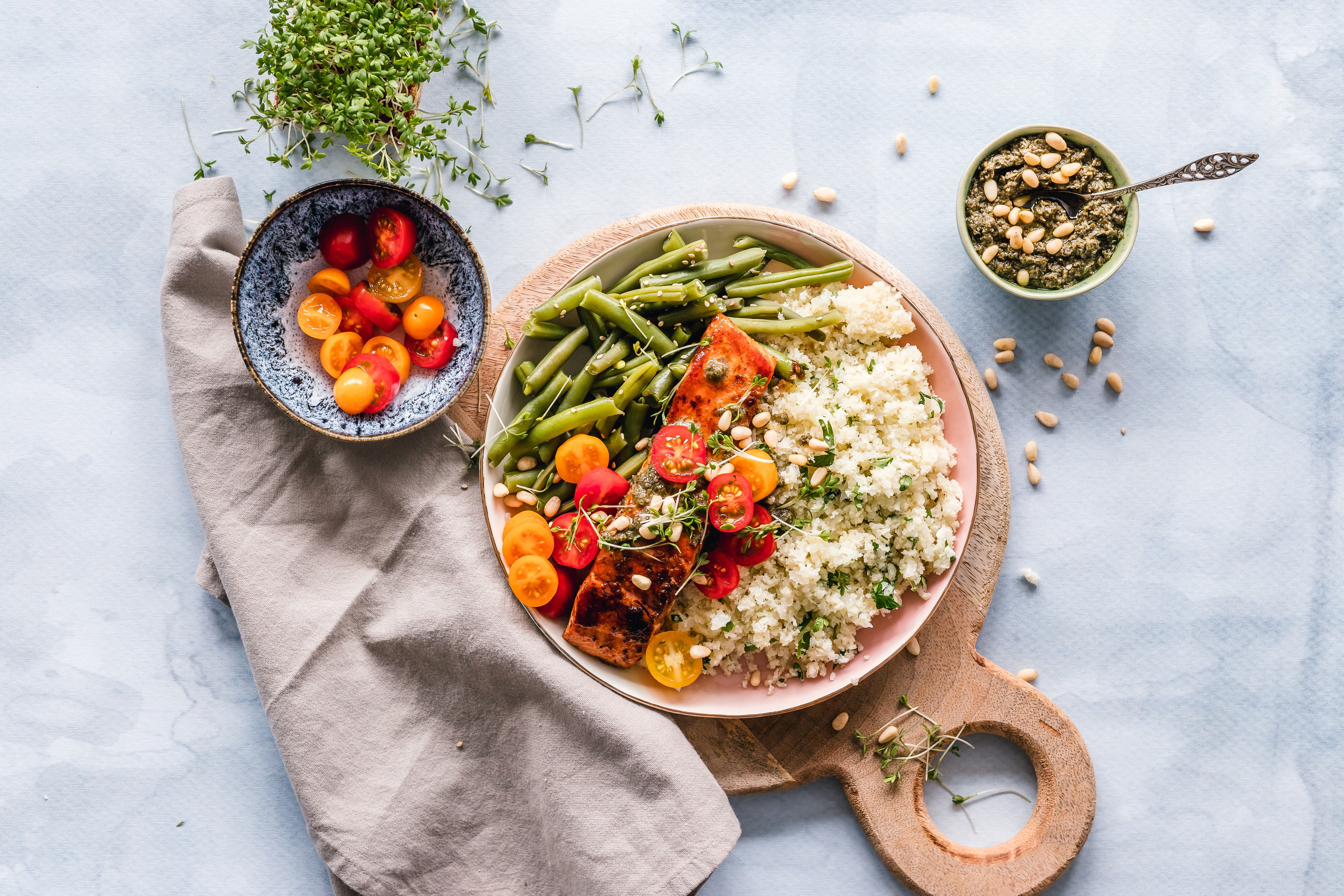A journey with food, nutrition, and chronic disease
Published 9:22 am Monday, June 21, 2021

- Nutrition plays an important part in managing chronic disease. (ELLA OLSSON/ UNSPLASH)
|
Getting your Trinity Audio player ready...
|
By KAY TIPPETT/ Community Columnist
On May 26, 2007, my youngest daughter was diagnosed with Type I Diabetes. That started a lifelong journey for us — one fraught with trials, obstacles and lessons. I cannot speak for her in regards to her experiences, but I know that she has battled eating disorders; bullying; unkind words from misguided, uneducated, well-intended adults; unjust and disrespectful treatment from teachers and from employers who thought she was using her illness as an excuse; and fretful relationships with friends and family who sometimes forget that “it’s the sugar talking.”
The first reaction that one gets from most people when they hear that you have diabetes is one of reproach or sadness. They want to lecture you about your eating habits or tell you a sad story. Everybody has that one friend who had that terrible experience that means no one can survive such a diagnosis. The opposite is actually true. People can and do survive diabetes. Not only that, but they can live long, happy, healthy lives.
What I can tell you about is our journey with food and nutrition. Our food trip began as soon as we left the hospital. With a family of five, someone is always hungry, or “getting that way” as my husband says. Some restaurants do have nutrition guides. Back then, we frequented McDonald’s a lot, and they had their nutrition guide posted on the wall. You could just march right up and see how many calories the Mac packs.
Our experience at other places was not quite the same. At one popular chain restaurant I requested a nutrition guide, and our innocent, young waitress said, “Oh, what does he do?” When I explained that the guide was not a person but a document, she left to inquire of the manager who confirmed that they did not have one.
At a local fish place that my husband and I still enjoy, I made the same inquiry. A puzzled look crossed the employee’s face. When I explained what a nutrition guide was, she merrily replied, “Oh, honey! If we had one of those, nobody’d ever eat here!”
We had similar experiences all over the state of Alabama and into Florida and Tennessee. Our daughter Gloria got really interested in cooking and meal planning. She had her own apron and chef’s hat. At Olive Garden, they took her back into the kitchen, showed her how the bread was made and gave her a pin to commemorate the experience. At Lulu’s in Gulf Shores, she got to meet and talk to the head chef. She watched Disney’s “Ratatouille,” and we recreated the dish at home. Together, we learned all we could about nutrition to keep our girl healthy.
That was all 15 years ago, but I wanted to share this because anyone can do it. You can really enjoy food at home or on the road, and still manage your diabetes, or any other health issue you have that relates to food. The great thing is that now, those elusive nutrition guides that I sought everywhere we went are all in the palm of your hand. You can just Google the name of the restaurant followed by “nutrition guide,” and it will pop up on your smartphone. Even better, download an app like MyFitnessPal or MyPlate, and you have a whole database to work with. There is even an app now that allows you to photograph your food for a nutritional analysis.
Living with diabetes, Crohn’s disease, celiac disease and a number of other diseases is not easy, but it is absolutely possible. Not only is it possible, but it can also be an adventure. Try new recipes and restaurants. Share your knowledge with a young person. Together, we can learn enough and pass it down so that future generations will be healthier. There may not be a cure for diabetes available to us now, but if we learn enough, we can delay it’s onset for many and eliminate its damage for all.



